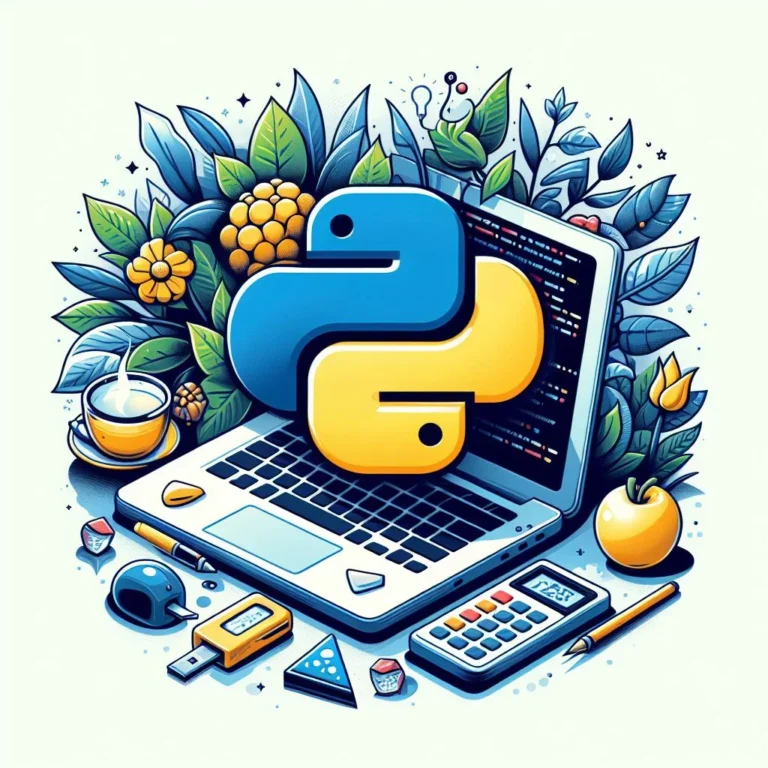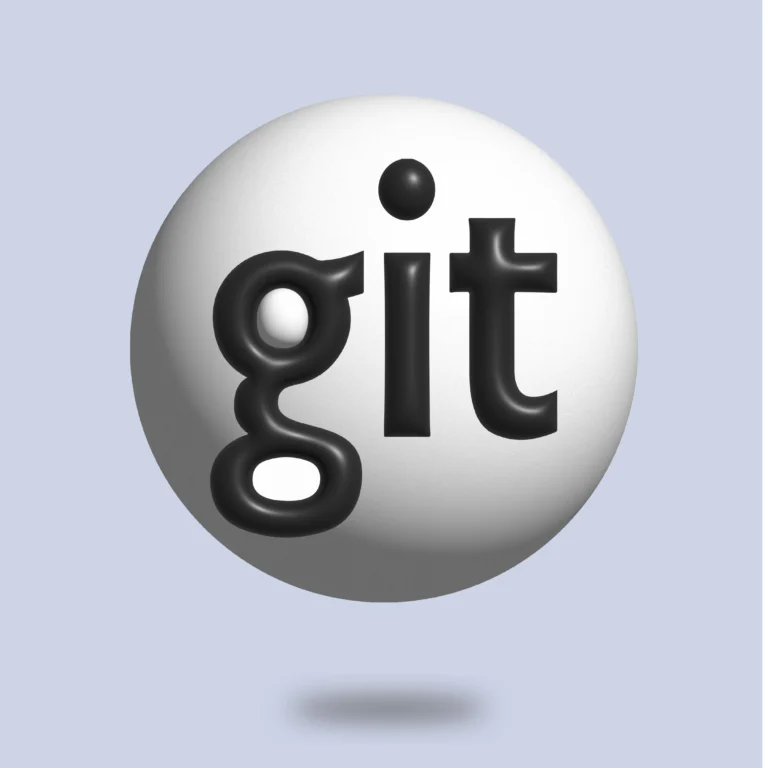Exploring the Pros and Cons of Python

Python has emerged as a powerful and versatile programming language, gaining immense popularity among beginners and seasoned developers. Its clean syntax, readability, and extensive libraries make it an excellent choice for various applications. However, like any tool, Python has its pros and cons.
In this article, we’ll delve into the pros and cons of Python, providing valuable insights.
Pros of Python
Readability and Simplicity
Python’s strength lies in its simplicity and clarity, making it an excellent choice for beginners. The language encourages neat and straightforward code, making it less prone to errors and more beginner-friendly.
Let’s dive into a practical example to illustrate this point. Imagine you want to find the average of a list of numbers. With Python, it’s a breeze:
def calculate_average(numbers):
if not numbers:
return None # Handles the case of an empty list to avoid errors
total = sum(numbers)
average = total / len(numbers)
return average
# Example usage:
numbers_list = [1, 2, 3, 4, 5]
result = calculate_average(numbers_list)
print(f"The average is: {result}")Output:
The average is: 3In this code snippet, the calculate_average function takes a list of numbers, adds them up, and then divides by the count to find the average. The code is short, sweet, and easy to follow – a hallmark of Python’s commitment to making coding accessible.
This simplicity is a key reason why Python is often recommended for those just starting to learn programming. It sets a positive tone for learning and helps newcomers feel confident in their coding journey.
Extensive Libraries
Python has a lot of helpful tools for beginners. The Standard Library, NumPy, and Django are examples of these tools. They’re like ready-made kits that make complex tasks easier. Instead of starting from scratch, beginners can use these tools to solve problems faster.
For example, the Standard Library has modules for common jobs like working with files and text. NumPy helps with math tasks, especially when dealing with big numbers. Django is great for building websites.
With these tools, beginners can use existing code, saving time and effort. Python’s library collection makes learning easier, letting newcomers focus on being creative problem-solvers. It’s like having a helpful friend guide you through challenges, making Python a great choice for those starting in programming.
Versatility
Python is a versatile language that can be used for a wide range of applications, from web development and data science to artificial intelligence and automation. This versatility ensures that learning Python opens doors to various career paths and industries.
Community Support
Python has a lively and helpful community that’s especially great for beginners. There are lots of resources like tutorials, forums, and documentation available.
The community is ready to assist newcomers, creating a friendly and collaborative learning space. This supportive environment makes it easier for beginners to tackle challenges and learn together
Cross-Platform Compatibility
Python is a cross-platform language, meaning that code written on one operating system can seamlessly run on another. This flexibility eliminates compatibility issues and allows beginners to work on different systems without major adjustments.
Rapid Prototyping
Python’s syntax and dynamic typing facilitate rapid prototyping, enabling developers to translate ideas into code quickly. For beginners, this means faster feedback and a more engaging learning experience as they see their creations come to life swiftly.
Integration Capabilities
Python can easily integrate with other languages and technologies. This interoperability is a valuable asset for beginners who may encounter projects requiring collaboration with existing systems written in different languages.
Cons of Python
Execution Speed
While Python offers simplicity, its execution speed is often slower compared to languages like C or Java. This limitation can be a concern for applications requiring high performance, such as real-time systems or resource-intensive computations.
Global Interpreter Lock (GIL)
Python’s Global Interpreter Lock (GIL) can throw a bit of a wrench into the works when it comes to doing multiple things at the same time, which is called concurrency. This lock makes it tricky for Python to smoothly run different threads all at once. For newcomers, dealing with and finding ways around the GIL can be a head-scratcher, especially when you’re working on apps that need to juggle tasks efficiently at the same time.
Delving deeper, the GIL puts a limit on how Python threads can operate concurrently. This means that even if you have a powerful machine with multiple processors, Python might not make the best use of them when it comes to certain tasks. For folks diving into application development that requires slick parallel processing, it’s good to be aware of the GIL and the strategies to navigate around it for more effective and speedy code.
Mobile Development Limitations
Python is not the go-to language for mobile app development. While frameworks like Kivy and BeeWare exist, they might not provide the same level of performance and native integration as languages specifically designed for mobile development.
Design Restrictions
Python’s design philosophy, while promoting readability, imposes certain restrictions on developers. Some may find the enforced indentation and whitespace rules limiting, especially when coming from languages with more flexible formatting options.
Not Ideal for Memory-Intensive Tasks
Python might not be the top pick when it comes to handling big chunks of memory. If your job involves a lot of memory work, you might want to check out languages like C or C++. They’re better equipped for tasks that need serious memory management. So, depending on what you’re up to, these other languages could be a better fit for the heavy-duty memory stuff.
Less Mobile Support
Python is awesome, but when it comes to making mobile apps, there’s a bit of a challenge. While there are frameworks for mobile development in Python, it’s not the go-to choice. Usually, people prefer languages like Swift for iPhones and Kotlin for Androids. It’s like having a cool tool, but for certain jobs, there might be better options out there.
Learning Curve for Advanced Concepts
While Python is beginner-friendly, mastering advanced concepts like metaprogramming, decorators, and certain design patterns can be challenging. Beginners may need time and experience to grasp these topics fully.
You might like: Websites for remote programming jobs
Conclusion
In conclusion, Python stands as a powerful and accessible language for programming beginners. Its readability, extensive libraries, and supportive community create an environment conducive to learning and innovation. However, developers must be aware of the pros and cons of Python, especially when venturing into specialized domains.
For beginners, Python offers an excellent starting point, enabling them to grasp programming fundamentals and gradually explore more complex concepts quickly. As they progress in their coding journey, they may diversify their skill set by learning additional languages catering to specific use cases or performance requirements.
So, the choice of programming language depends on the individual’s goals and the nature of the projects they undertake. In the list of pros and cons of Python, Python’s pros outweigh its cons for many, making it a preferred language for beginners entering the vast and exciting programming world.
Talha is a seasoned Software Engineer with a passion for exploring the ever-evolving world of technology. With a strong foundation in Python and expertise in web development, web scraping, and machine learning, he loves to unravel the intricacies of the digital landscape. Talha loves to write content on this platform for sharing insights, tutorials, and updates on coding, development, and the latest tech trends






